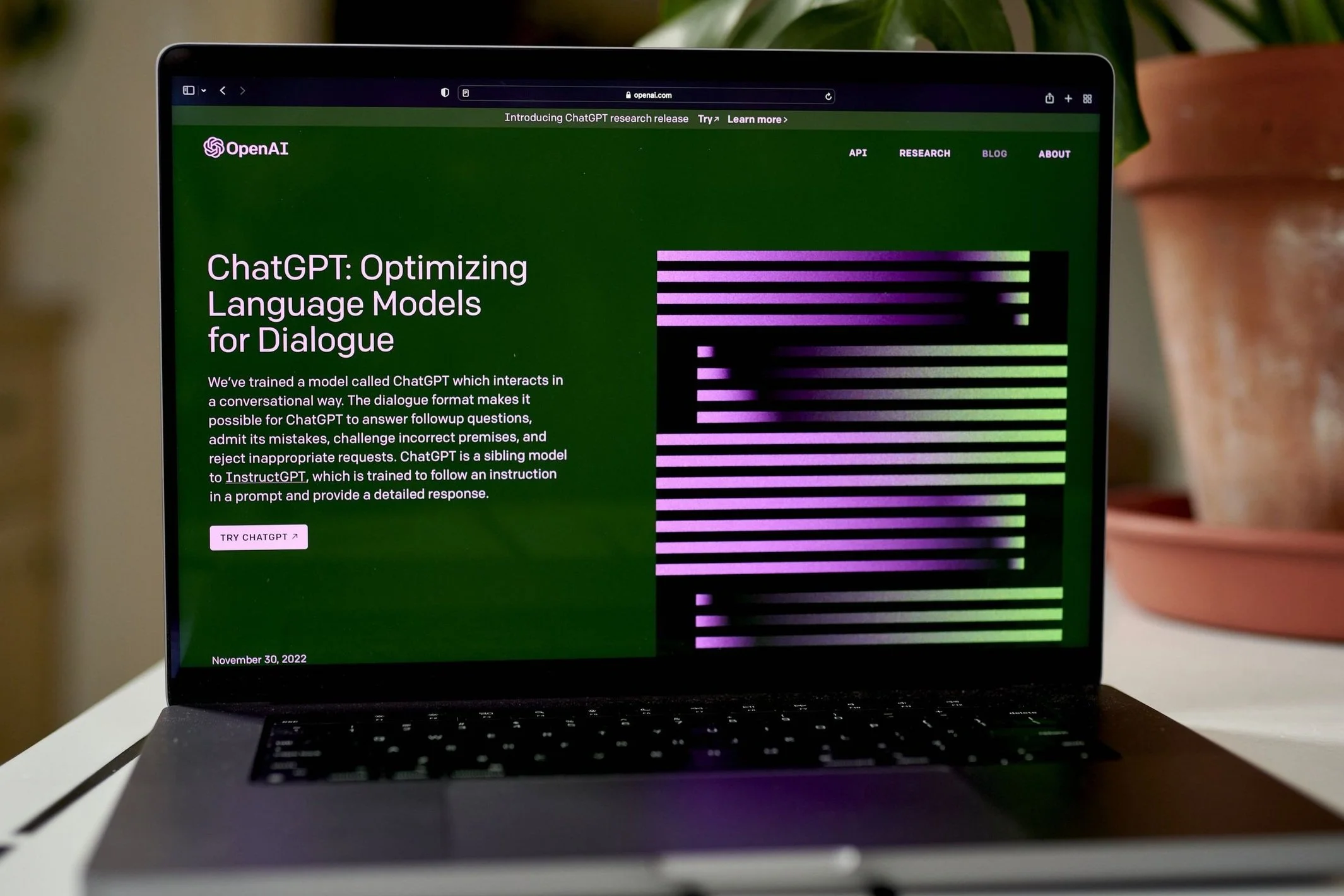Meet ChatGPT: The AI Chatbot That Can Write Code, Pass Exams, and Generate Business Ideas
Just over a week ago, OpenAI introduced ChatGPT, a cutting-edge artificial intelligence (AI) chatbot that uses a massive dataset to generate human-like responses to text-based inputs. In just five days, the chatbot reached over one million users, a milestone that took Facebook almost a year to achieve when it first launched.
While there are other chatbots that have been around for some time, they tend to be limited in their capabilities, often only able to provide basic answers to product support questions or simple weather forecasts. ChatGPT, on the other hand, has reached a new level of sophistication in its responses and is able to perform a plethora of tasks, from creating software to writing articles to generating business ideas.
Across social media, people have been sharing stories about using ChatGPT to write computer code, debug code, develop marketing plans, write classroom assessments, draft emails, build new apps, create investment term sheets, and even draft legislation. The system is capable of writing a convincing college entrance essay, acing the Amazon Web Services Certified Cloud Practitioner certification test, and even passing a practice bar exam.
The system is also fun. You can ask it to explain COVID-19 learning loss but in the style of a guy who won’t stop going on tangents talking about Taylor Swift or write a Biblical verse explaining how to remove a peanut butter sandwich from a VCR. It can even generate a passable Jonah Goldberg essay.
I have been using the system for the past week and have been impressed with its ability to produce good rough drafts similar to those written by an entry-level worker out of college. An investor this week described it well when he said, “It’s like having a group of interns in your pocket.” It doesn’t replace specialized knowledge (yet!), but it can help save a lot of time and effort.
OpenAI achieved this by training ChatGPT using a range of sources that included web pages, Wikipedia entries, and books to develop a deep understanding of human language and its nuances. This allows ChatGPT to generate responses that not only are more relevant but also sound more natural and coherent. In contrast, a search engine like Google simply crawls and indexes billions of websites and ranks them based on relevance.
However, there are several significant shortcomings of this technology worth noting. It can produce incorrect answers that appear to be legitimate and sound convincing. Additionally, it is known to sometimes generate completely fictitious information, which is commonly referred to as “hallucination” or “stochastic parroting.” While this may not be a major concern when using the technology to create lyrics for a funny song, it becomes a more serious issue when the answers relate to medical advice or other important information. And there is always the potential for AI to amplify existing biases, including results that may not be politically neutral or fair.
There are important policy considerations as well. For example:
Is it ethical to use a ChatGPT model in decision-making processes that impact individuals or society?
How can we ensure that the ChatGPT model is not biased in any way and that it treats all individuals fairly and equally?
Should we consider the potential negative consequences of using a ChatGPT model, such as the loss of jobs or the potential for misuse?
How can we ensure that the ChatGPT model is transparent in its decision-making processes so that its decisions can be understood and trusted by policymakers and the public?
Confession: I didn’t write those four points. They were generated by ChatGPT when asked what ethical issues policymakers should consider regarding ChatGPT.
All of that said, it feels like the release of ChatGPT technology is akin to the introduction of the iPhone in 2007. Critics were quick to highlight the initial drawbacks of the technology, such as the lack of a physical keyboard and an app store. However, these shortcomings were quickly addressed in future iterations, paving the way for other innovations. ChatGPT is reminiscent of the iPhone moment, where we can see the technology’s limitations but also its transformative potential.
The technology is undoubtedly going to improve, which is likely to happen much faster than many realize. Some forecasts estimate that GPT-4 will contain over 100 trillion parameters—nearly 600 times as many as the current GPT-3. Google already launched an AI Test Kitchen to test a more sophisticated system called LaMDA.
As we continue to develop and advance this technology, it will undoubtedly have a significant effect on the future of work and the way we approach tasks and responsibilities. It is important that we carefully consider how we can use AI to its full potential while also mitigating any possible negative effects. By doing so, we can ensure that AI will be a powerful and positive force for change.
